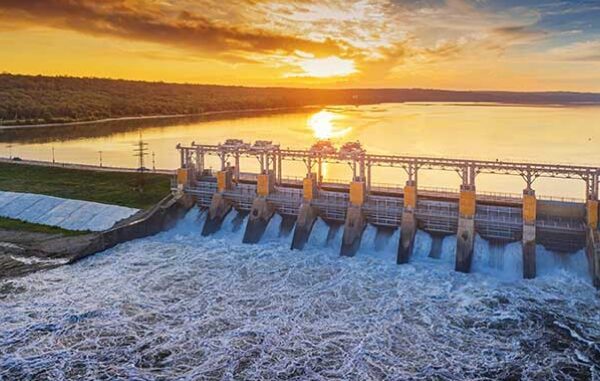
The most common form of renewable energy varies by region, but globally, hydropower is currently the most widely used renewable energy source.
Here’s a brief overview of the most common forms of renewable energy: Hydropower









Description: Generated by the energy of flowing or falling water, typically from rivers or dams.
Global Usage: Accounts for about 16% of the world’s electricity production and more than 70% of all renewable electricity.
Advantages: Reliable, provides base-load power, can be used for water storage and flood control.
Challenges: Environmental impact on aquatic ecosystems, potential displacement of communities, high initial costs.
Solar Energy
Description: Captured from sunlight using photovoltaic (PV) panels or solar thermal systems.
Global Usage: Rapidly growing; in some countries like Germany and China, it has become a significant part of the energy mix.
Advantages: Abundant, low operating costs, reduces greenhouse gas emissions.
Challenges: Intermittency (no power at night or during cloudy days), requires significant space for panels.
Wind Energy
Description: Generated by wind turbines that convert the kinetic energy of wind into electricity.
Global Usage: One of the fastest-growing renewable energy sources, with significant contributions in countries like the United States, China, and Germany.
Advantages: Clean, relatively low operating costs, can be installed on existing farms or ranches.
Challenges: Intermittency, impact on wildlife (e.g., birds and bats), noise and aesthetic concerns.
Biomass Energy
Description: Produced from organic materials like wood, agricultural residues, and waste.
Global Usage: Widely used for heating and electricity generation, particularly in rural and developing areas.
Advantages: Utilizes waste materials, can be carbon neutral if managed sustainably.
Challenges: Can compete with food production, land use concerns, emissions from combustion.
Geothermal Energy
Description: Derived from the Earth’s internal heat, accessed by drilling wells to release steam or hot water.
Global Usage: Used for electricity generation and direct heating, with notable contributions in countries like Iceland, the United States, and the Philippines.
Advantages: Reliable, available 24/7, low emissions.
Challenges: Geographically limited to areas with high geothermal activity, potential for induced seismic activity.
Conclusion
While hydropower is currently the most common form of renewable energy globally, the use of other renewable sources like solar and wind is rapidly increasing. The growth in these sectors is driven by technological advancements, decreasing costs, and increasing awareness of the need to transition to sustainable energy sources to combat climate change. The dominant form of renewable energy can vary significantly by region based on geographic and climatic conditions.

Leave a Reply